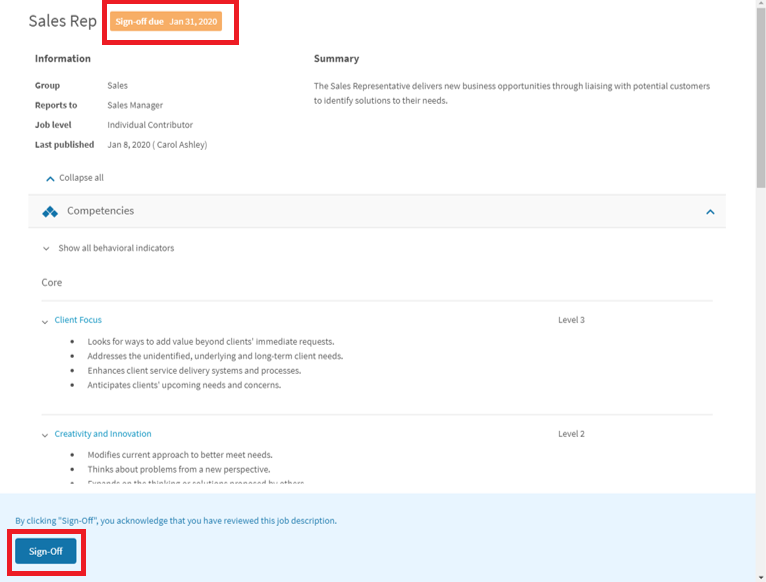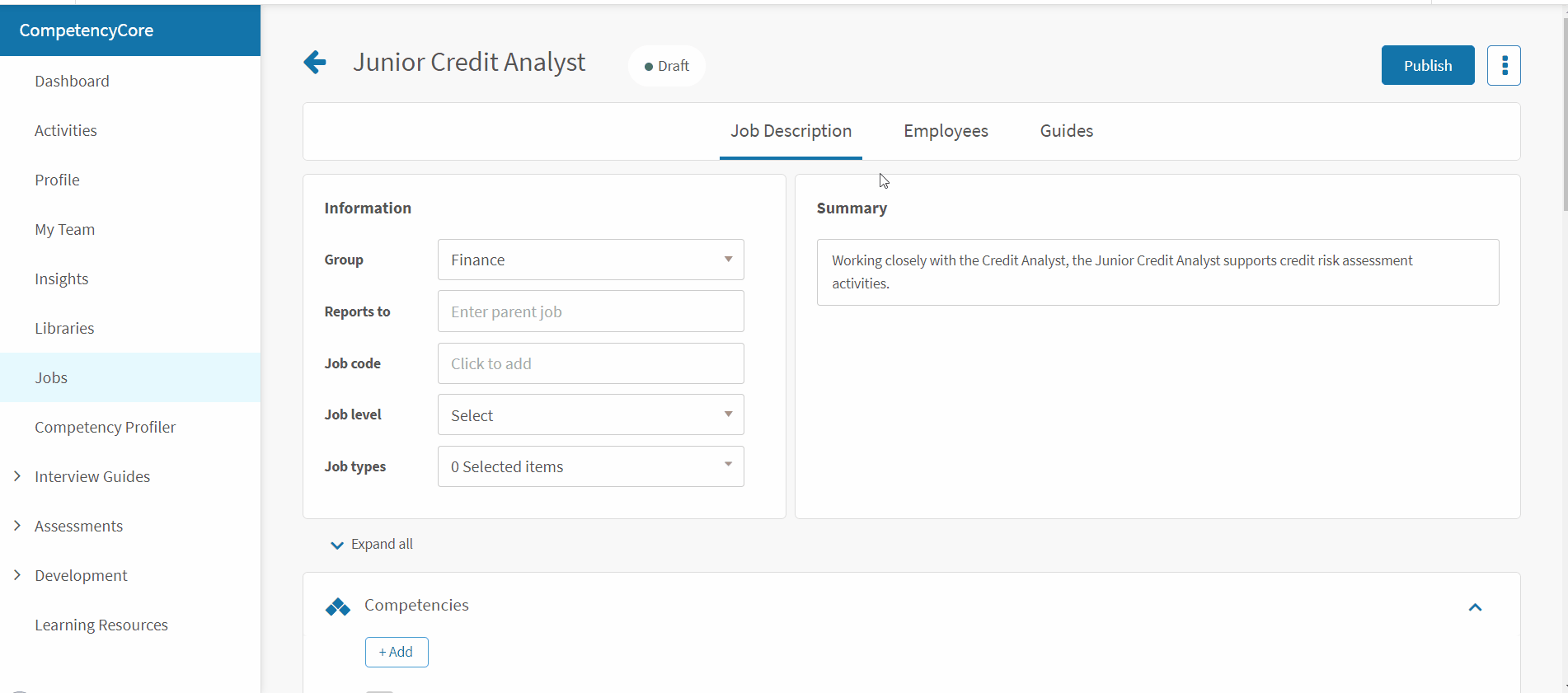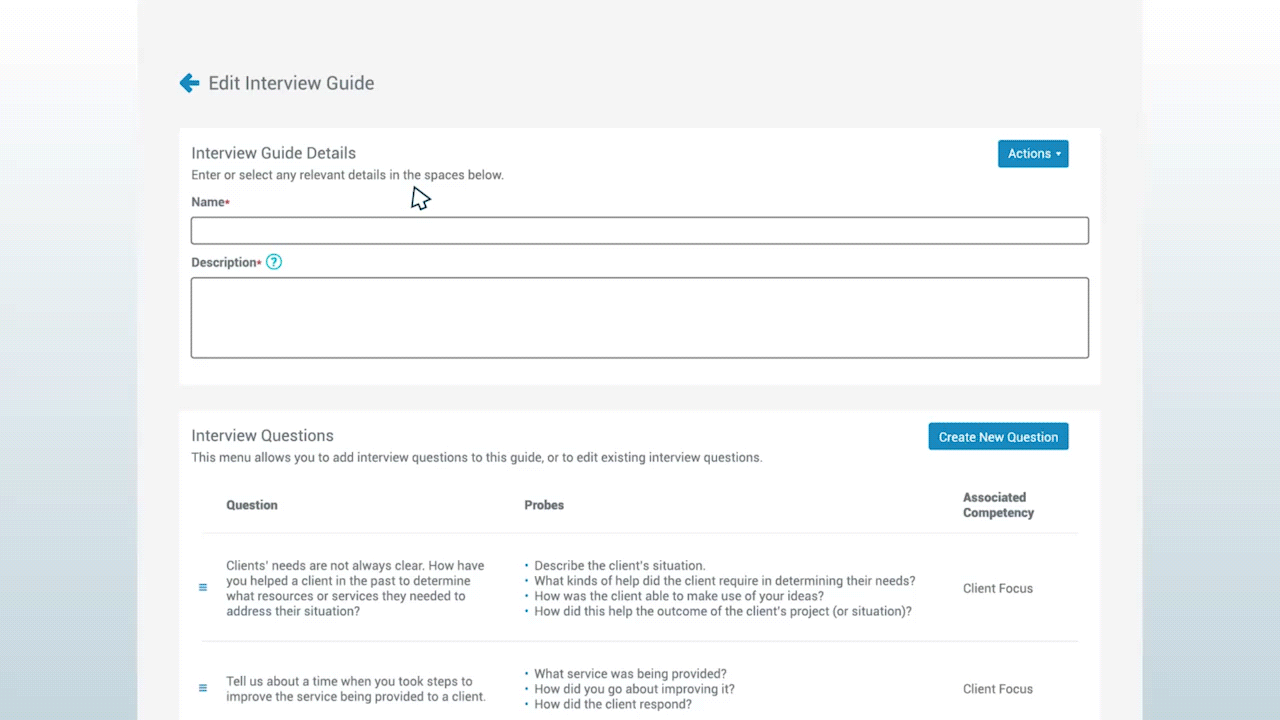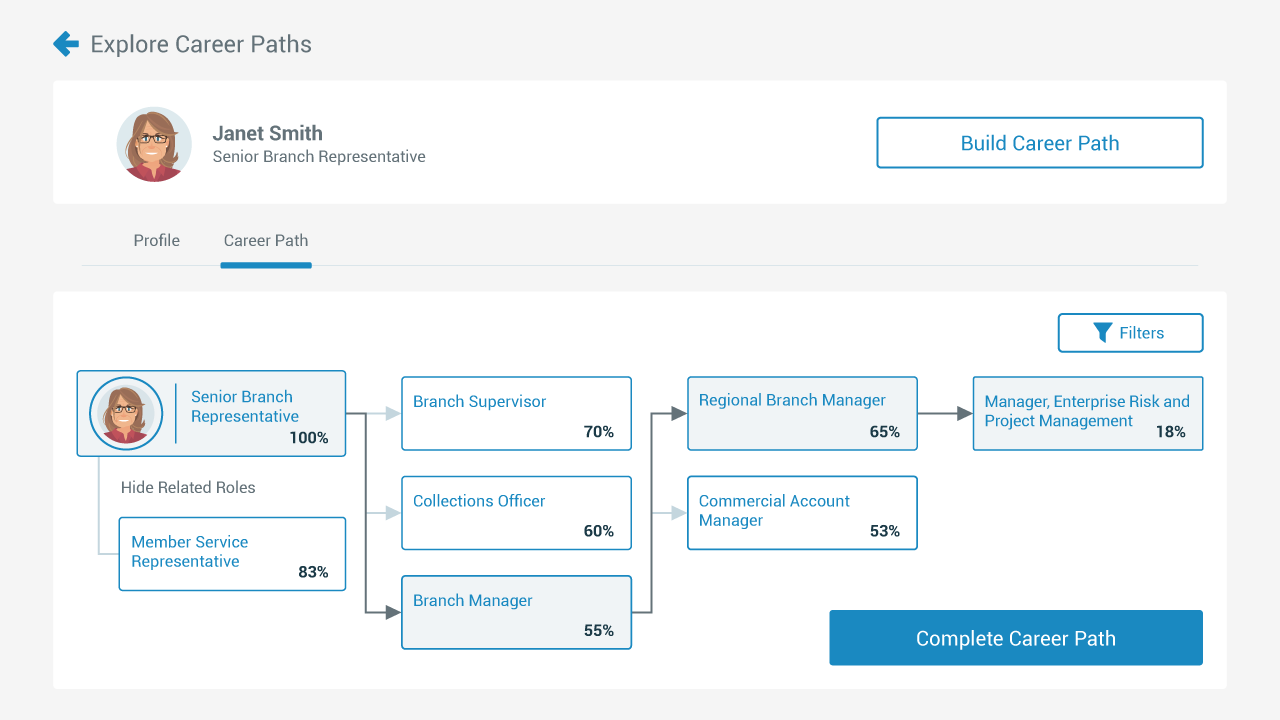Onyeka Ndukwe
Want to write effective job descriptions? Here are some great tips to help you create more effective job descriptions to help your organization achieve its HR and business goals.
What Exactly is a Job Description?
A job description is a complete record of the required skills and behaviors, responsibilities, education, knowledge areas, and more. Increasing the quality of your organization’s job descriptions can also have a positive impact on the quality of your new hires and improve your hiring process overall (in addition to increasing the fairness of your process).
This blog post is to help you get the best knowledge you need to start writing effective job descriptions. In a hurry? Jump straight to your section of interest by clicking on a link (see below).
Article table of contents (jump to a section):
1. Job description sign off example
2. 3 benefits of an job description
3. 8 tips for writing effective job descriptions
4. Job descriptions best practices: 8 pitfalls to avoid
5. 5 ways a quality job description can enhance your entire employee lifecycle
Job Description Sign Off Example

Depending on the format of your job descriptions, they can be utilized as a record of the job duties that both employer & employee have read and agreed upon beforehand.
The right job description software can help your employees to sign-off on their job descriptions and this can act as digital proof that they have agreed to the details mentioned within their job description.
This is especially important for organizations that operate in industries that require a certain level of compliance for job descriptions (based on the relevant labor policies wherever your organization conducts its business).
3 Benefits of An Effective Job Description
-
More effective recruitment programs
An accurate job description will help your organization communicate exactly what you are looking for in a candidate to all potential employees. To avoid any confusion or ambiguity, be thorough by including all job requirements regarding experience, education, competencies, skills and essential duties.
-
Stronger performance evaluation tools
With effective job descriptions as your foundation, it is much easier for you to compare job requirements against an employee’s qualifications. Conversations about performance will be more productive and meaningful when employees clearly understand what is expected of them. -
Enhanced people planning capabilities
Implementing job descriptions for all jobs in your organization provides an enhanced understanding of your talent pool, succession and development planning.
Be truly proactive with your new ability to measure the success of your organization’s goals and objectives based on the development of your employees (i.e. enhancing their job relevant competencies/skills).
Want to improve your job description process?
Fill out the form below to access our Job Description Toolkit today!
8 Tips for Writing Effective Job Descriptions
Here are 8 great tips for writing effective job descriptions to help you improve your organization's job descriptions today:
Share this Infographic On Your Site
-
Include job-relevant competencies
Competencies ensure consistency and that all essential skills and behaviors are effectively measured in potential employees.
A key reason that people use competencies on their job descriptions is that it unifies all descriptions and positions across the organization under a common framework.
This provides structure to the organization’s HR programs, and allows HR personnel to get a much better grasp on the roles, levels, and dependencies between jobs in their organization.
-
Highlight the ‘must have’ job requirements early on
Clearly mention (within the job description) any important job requirements such as mandatory education, certifications and skills to give candidates the necessary knowledge to make an informed decision.
-
Describe the benefits of your company including its culture, environment & history
Many people are looking for more than just a paycheque. They wish to work for an organization that aligns with their ideals, offers some perks, and ultimately provides a healthy working environment.
If your organization has these benefits (or more), make sure it is clearly stated on your job description.
-
List essential job responsibilities and tasks using present-tense action verbs
Avoid vague action verbs and use precise language to provide candidates with the most accurate requirements in a job description.

*Example of using software to add job responsibilities to a job position
-
Use a conversational voice
The personality you deliver and demonstrate in your job description can help set your organization apart from others. A personable and friendly approach, as an example, is likely to help you attract more candidates.
-
Promote employee career paths
Candidates are more likely to accept a position that suggests opportunities for employee career growth. Showcase these opportunities in your job descriptions and attract candidates by addressing the specific activities they will be reviewed on.
-
Make sure the employment terms are clearly stated
E.g. full-time vs part-time, salaried or hourly, etc. For your job descriptions, try to avoid any misunderstanding as early as you can by using clear, concise language. This measure will ensure that all concerned (I.e. candidates & employer) are on the same page throughout the application process.
-
Make sure your job descriptions are neatly presented and readable
Incorporating templates, spacing, bullet points, and headers will give your job descriptions an organized and consistent look that is appealing to applicants.
Job Descriptions Best Practices: 8 Pitfalls to Avoid
-
Don’t include goals
Organizational goals can change throughout the year and depend on operational priorities (e.g. pick 25 bushels a day). This information can be conveyed to a successful candidate (post-interview) rather than take up valuable space on the job description needed to recruit them.
-
Don’t include unrealistic expectations
By overstating the needs of the job or by listing unreasonable expectations, you are likely to hire an overqualified candidate who might not remain at your organization for very long.
-
Don’t embellish company culture and job role details
If your company has a hard-working culture, be honest about it in order to potentially weed out less-driven candidates at inception.
If the winning candidate is expected to work after-hours, travel, or be available on weekends, this should be noted within the initial job description (not sprung like an unwanted surprise).
-
Don’t use redundant language within your job descriptions
Requiring someone to be a ‘great communicator’ or ‘team player’ is important for many jobs, yet many applicants will claim to have qualifications like these.
Don’t add unnecessary text in your job descriptions or feel compelled to add “fluff” (based on comparisons with other job descriptions). Instead, evaluate these behavioral attributes (I.e. communication or teamwork) during the interview stage by using behavioral competencies to create your competency-based interview questions.
-
Don’t use jargon or acronyms
Avoid using vague language and unfamiliar acronyms in your job descriptions.
Though these terms may be widely known in your organization, using such jargon can make your job descriptions difficult to understand (due to context) and can hinder applicants from even applying to your job posting.
-
Don’t make specific promises about promotions or bonuses
While you certainly want to highlight opportunities for growth, these should always be based on actual performance once the candidate is on board.
-
Don’t be afraid to make changes to your job descriptions
As your organization grows and changes, so will your job descriptions. Proactively updating your job descriptions will ensure you continue to generate qualified applicants and, more importantly, that your current employees know what is expected of them.
According to our data, 43% of companies never update their job descriptions at all. Keeping job descriptions updated regularly is not just essential from an organizational performance and compliance perspective, it can also act as a safeguard for employers when it comes to legal disputes with employees.
-
Don’t leave out key details
While concise job descriptions and neat formatting are beneficial, striking the right balance in terms of length is just as important.
To avoid omitting any important job requirement details, ensure that your job description is properly reviewed by, at least, two colleagues in relevant job roles, before advertising it as a job posting (either on your site or an external job board).
5 Ways an Effective Job Description Can Enhance Your Entire Employee Lifecycle
-
Increase the efficiency of your hiring & selection process
A quality job description can be used as a strong foundation to help you create a list of effective interview questions to properly assess your candidates.
Carry out structured, behavioral interviews (built on the job description viewed by the candidate), using the “STAR” method (asking the candidate to describe the Situation, Task, Action, and Results) to assess candidate-job fit.

*Example of using software to create an interview guide
Doing this will add more objectivity and realistic expectations to your current interview process because this type of interview is based directly on the required skills & behaviors for the job role available.
-
Set clear expectations from the start
Once your new hire is onboard, have them sign off on their job description (if you use job description software), so your organization has a clear, documented understanding of on-the-job expectations which has been agreed upon by both parties (employee and employer).
Check out the video below to get a sense of how, using this job description creator can help you create competency-based job descriptions within minutes.
-
Act as a strong foundation for employee assessments
As an employee progresses in their job role, their abilities or job performance will (at some point) be assessed by department or HR managers. This can be done as a supervisor assessment, self-assessment, or a 360 assessment (often used for those in leadership roles).
A quality employee assessment can be linked back to an employee’s original job description and the competencies required based on the job role.
-
Aid with learning resources for employees’ development programs
If skill gaps are identified (through the employee assessment process), your organization can then provide employees with the appropriate learning resources (based on the competencies mapped to your job descriptions) to develop and strengthen those gaps.
"With the right job description software, you can re-evaluate what competency levels are needed for certain jobs, and where people are performing on a consistent scale. It makes creating training paths and performance management so much easier," says Helen Roos, President, Campus Coordinator & Lead Facilitator at Ilinniapaa Skills Development Centre
-
Allow your employees to build quality in-house career paths
One of the most powerful motivators to keep top employees engaged is visible opportunities for internal career growth.
If you have relevant competencies mapped to every job role, this can give you greater transparency on exactly what skills and behaviors (at specific levels) your employees need to demonstrate in order to take their next career step in your organization.

*Example of visual employee career path (or career pathing)
“A good employer will do their best to facilitate an employee’s ambitions and will be realistic enough to see the shorter-term benefits of investing in their development regardless of their long-term destination,” remarks James Lloyd-Townshend, CEO at Frank Recruiting Group in an Indeed article about creating better career paths for employees.
This should be the mindset of any organization that desires to properly grow its talent for future success.
Learn More About Job Descriptions:
- Check out Quinto, HRSG's leading job description software
- Who Usually Leads Your Organization’s Job Description Creation Process?
- Is Your Company Ready for Job Description Software?
Post last updated: January 6, 2021


Submit a Comment